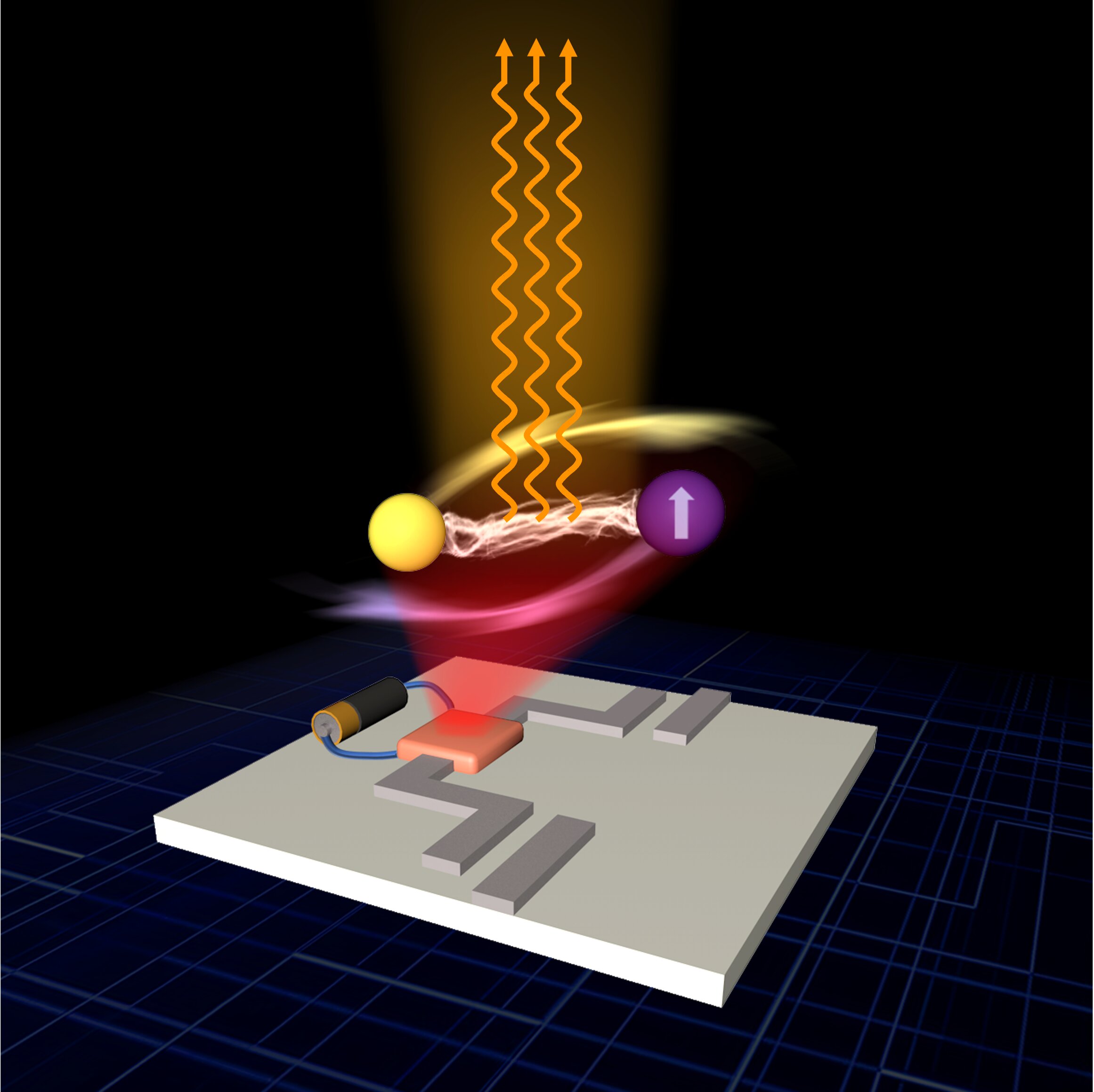When light interacts with matter, it can produce unique quasi-particles known as polaritons. These particles are half light and half matter. Polaritons have been studied by physicists for a few decades now, with researchers exploring their potential for developing highly performing lasers or other technologies.
Development of a High-Performing Device
Researchers at the University of Manitoba have recently developed a highly performing device based on cavity magnon polaritons that can emit and amplify microwaves. This device was found to significantly outperform previously proposed solid-state devices for coherent microwave emission and amplification at room temperature.
The Creation of a New Polariton
Motivated by the need for coherent on-chip microwave sources in wireless communication and quantum information technologies, the researchers set out to explore the potential use of cavity magnon polaritons. They hoped to achieve high-quality microwave emission and amplification with their device, while retaining its stability and controllability as a hybrid light-matter coupled system.
The researchers created a light-matter coupled system based on cavity magnon polaritons for coherent microwave emission. They ultimately hoped to achieve a higher performance than those reported in previous works, while retaining their device’s stability and controllability as a hybrid light-matter coupled system.
The strong interaction between amplified microwaves and magnons in the researchers’ system produces a new type of polariton, which they dubbed a “gain-driven” polariton. Compared to conventional polaritons realized in previous studies, this gain-driven polariton has a stable phase, which in turn enables the coherent emission of microwave photons.
The Significance of the New Device
In initial evaluations, a proof-of-principle device created by this team of researchers achieved remarkable results, outperforming both spin-toque oscillators (STOs) and solid-state masers developed in the past. Masers are devices that use the stimulated emission of radiation by atoms to amplify or generate microwave radiation.
The new gain-driven polariton realized by the researchers could open exciting new possibilities for the development of highly performing solid-state microwave sources that can be integrated on-chip. These polariton microwave sources are frequency tunable due to the controllability of light-matter interaction and could ultimately be integrated in a broad range of technologies and devices, including wireless communication systems and quantum computers.
“As the physics of gain-driven light-matter interaction is new, our study may also lead to new discoveries beyond microwave applications,” said Can-Ming Hu, the researcher who directed the study. “We have now submitted a patent application, and my students are working on developing prototype devices together with industry partners.”



Leave a Reply